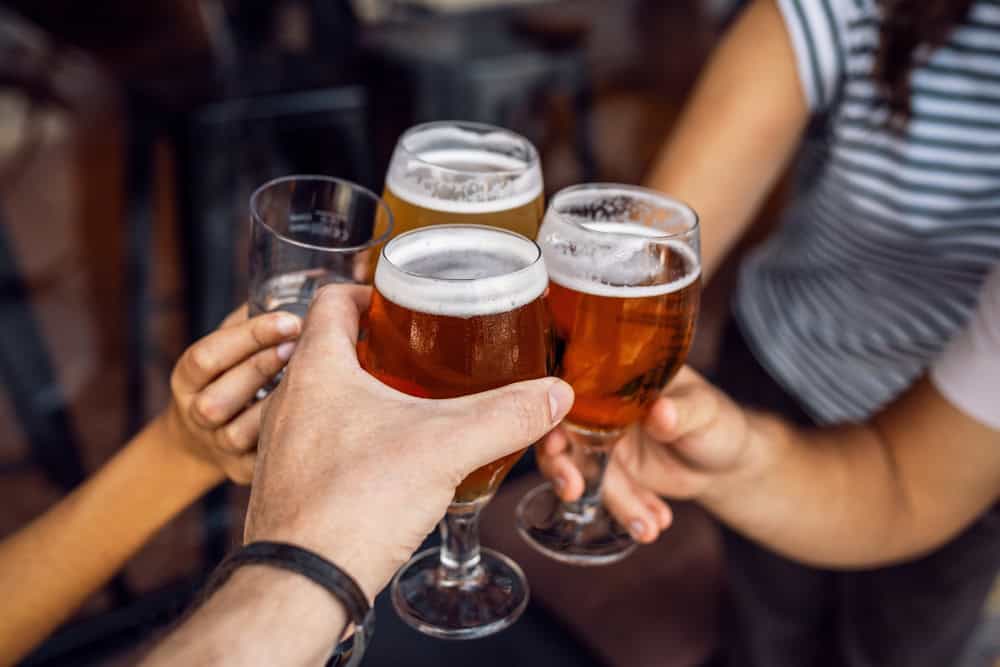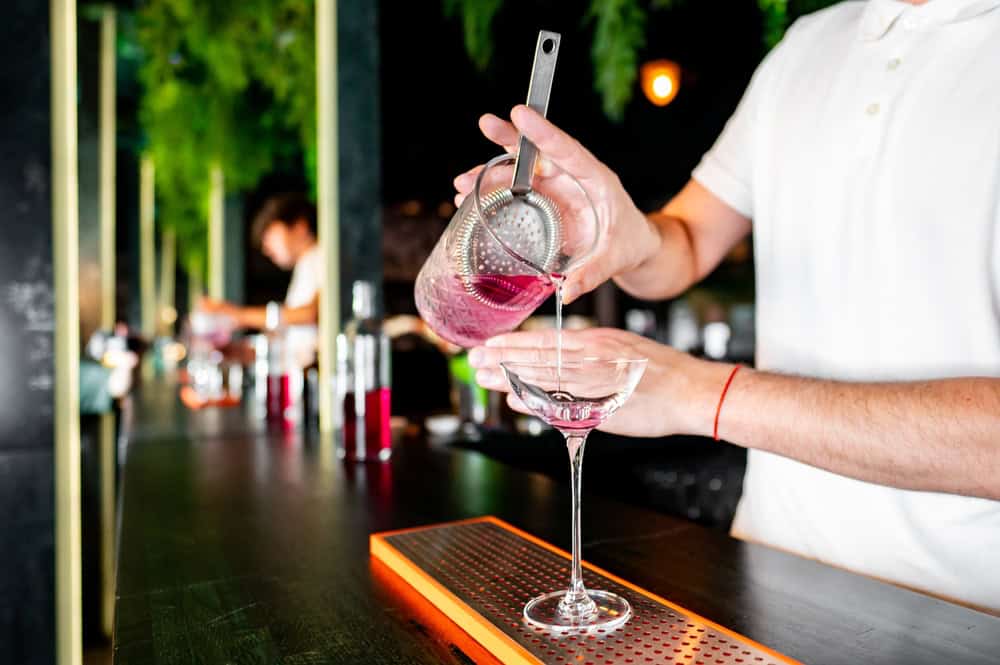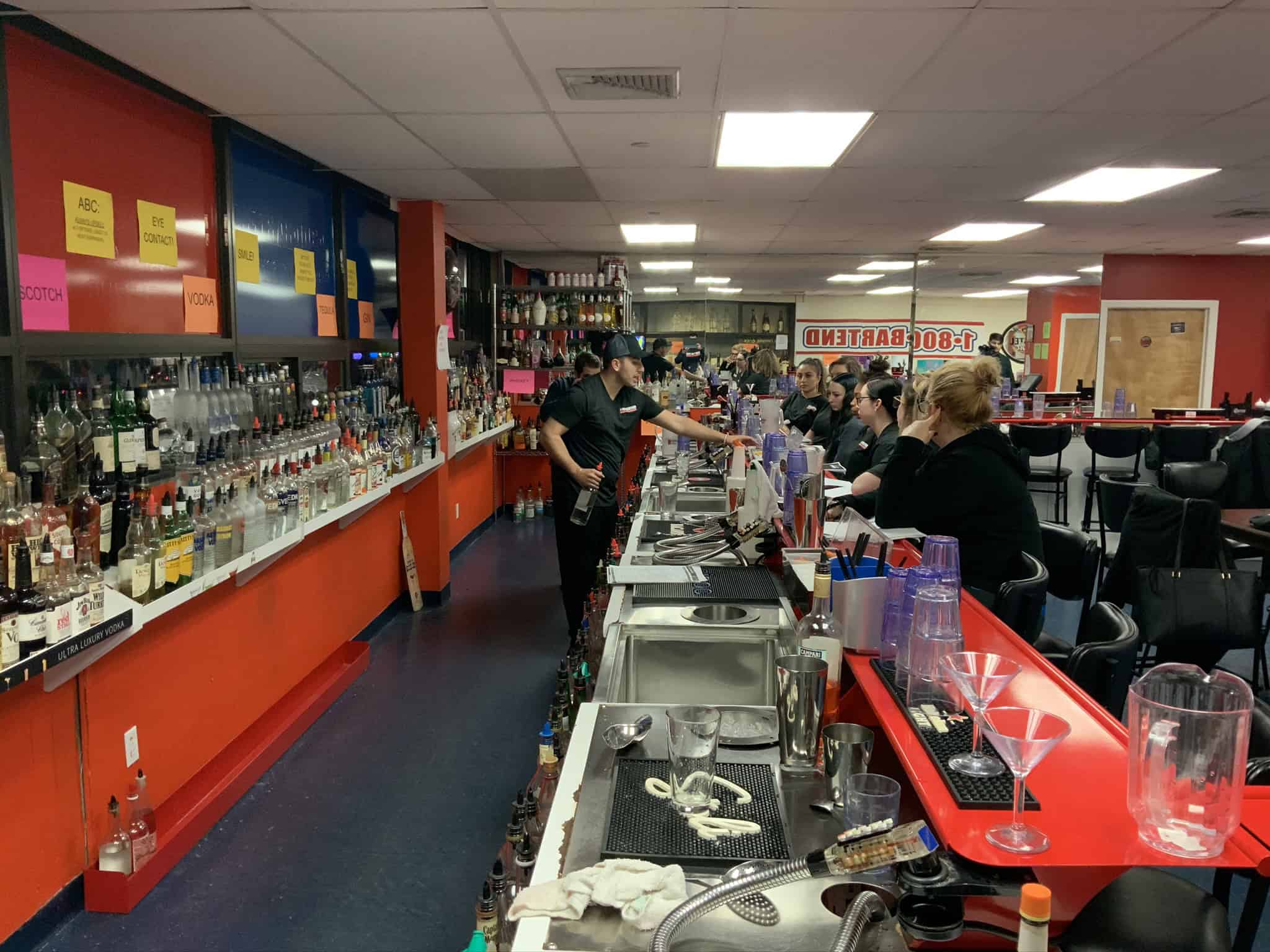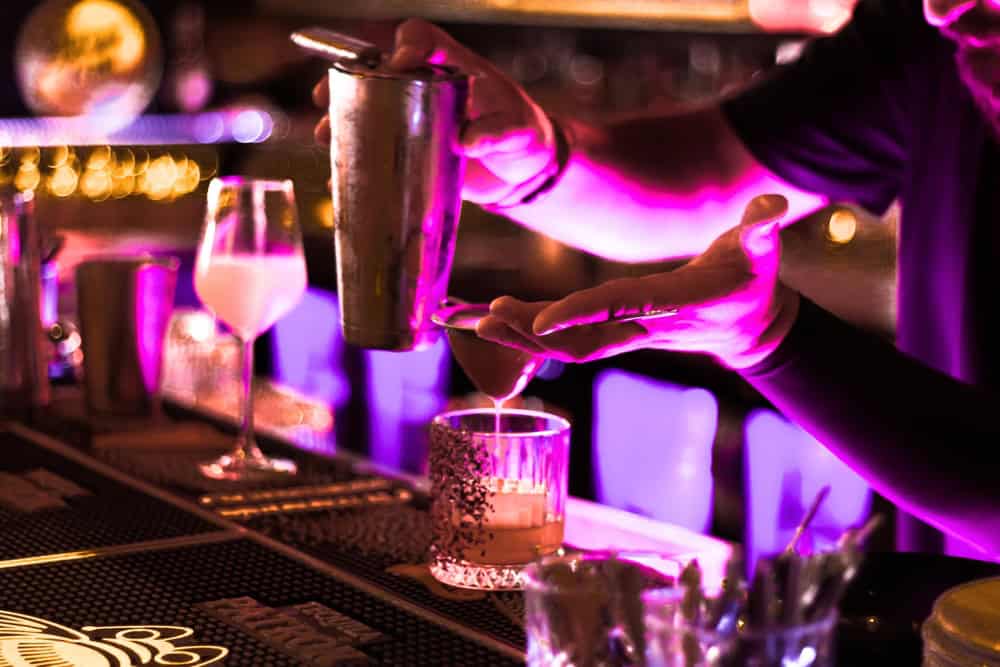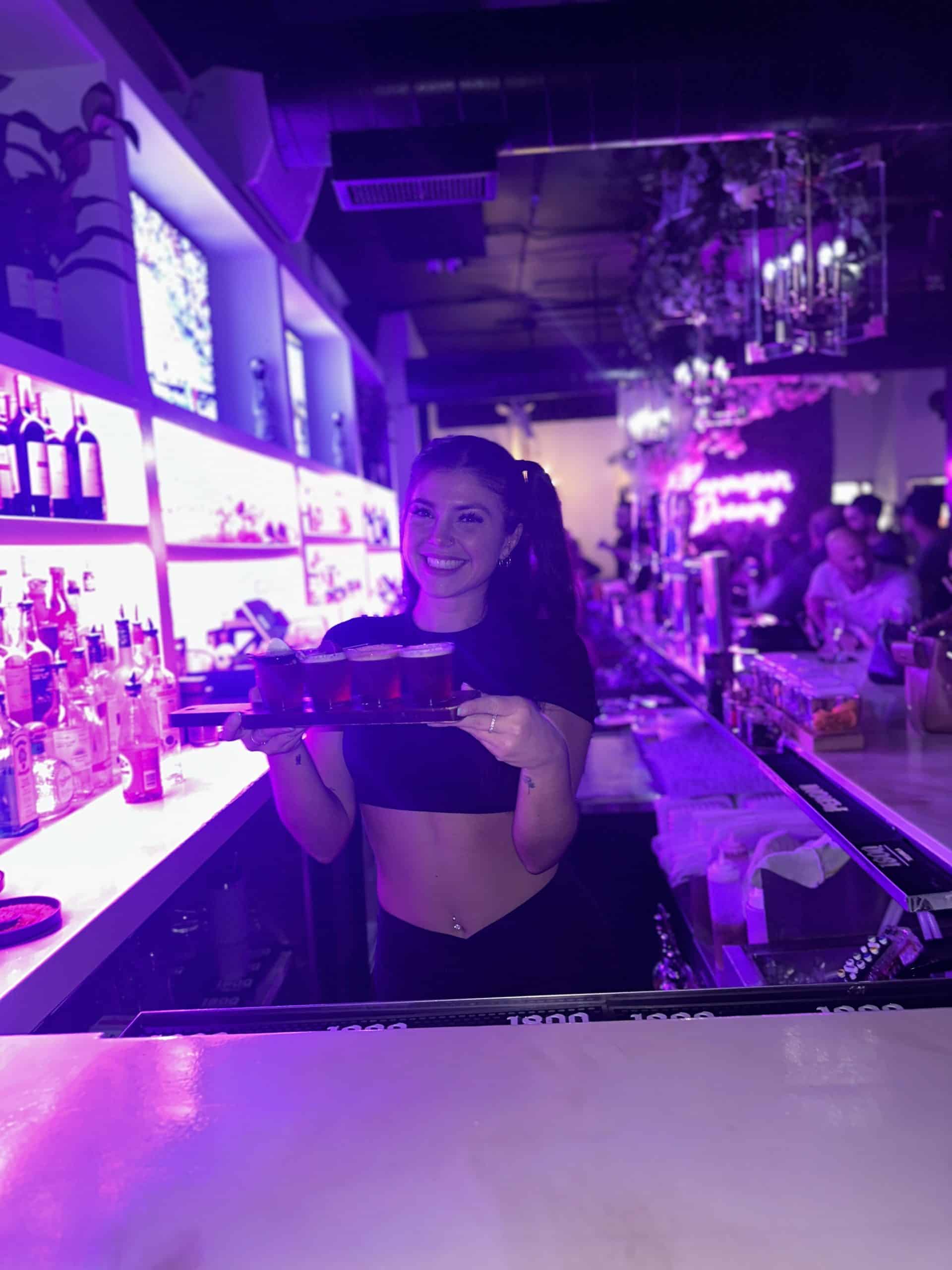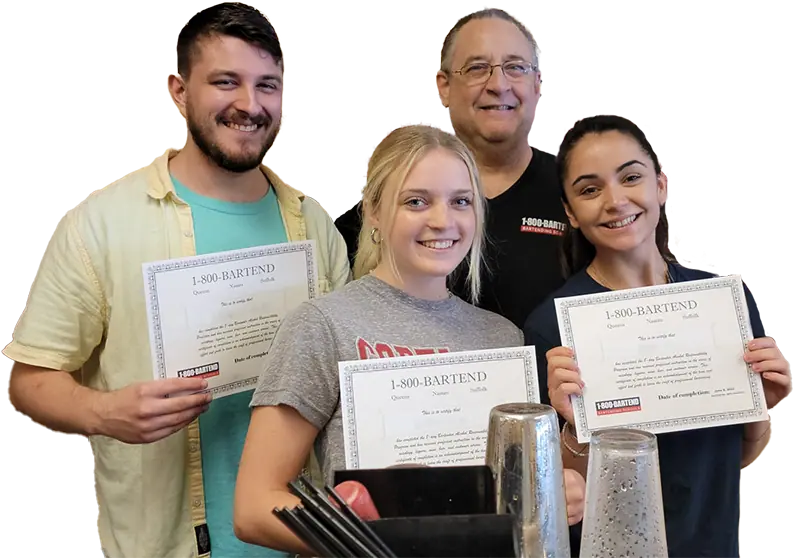Summary:
Creating Connections That Make the Night
At its core, bartending is about people. Whether someone’s celebrating a win or winding down from a long day, a bartender plays the role of host, listener, and sometimes even peacemaker. They bring together folks from all walks of life and make a room feel more welcoming. In Long Island’s tight-knit communities, this kind of presence is felt and appreciated.
1-800 Bartendhelps future bartenders understand how personal engagement can shape the energy of a bar. Knowing names, remembering drink orders, and having the right timing when it comes to conversation all make a difference. The ability to make strangers feel like regulars turns a one-time visit into a go-to hangout.
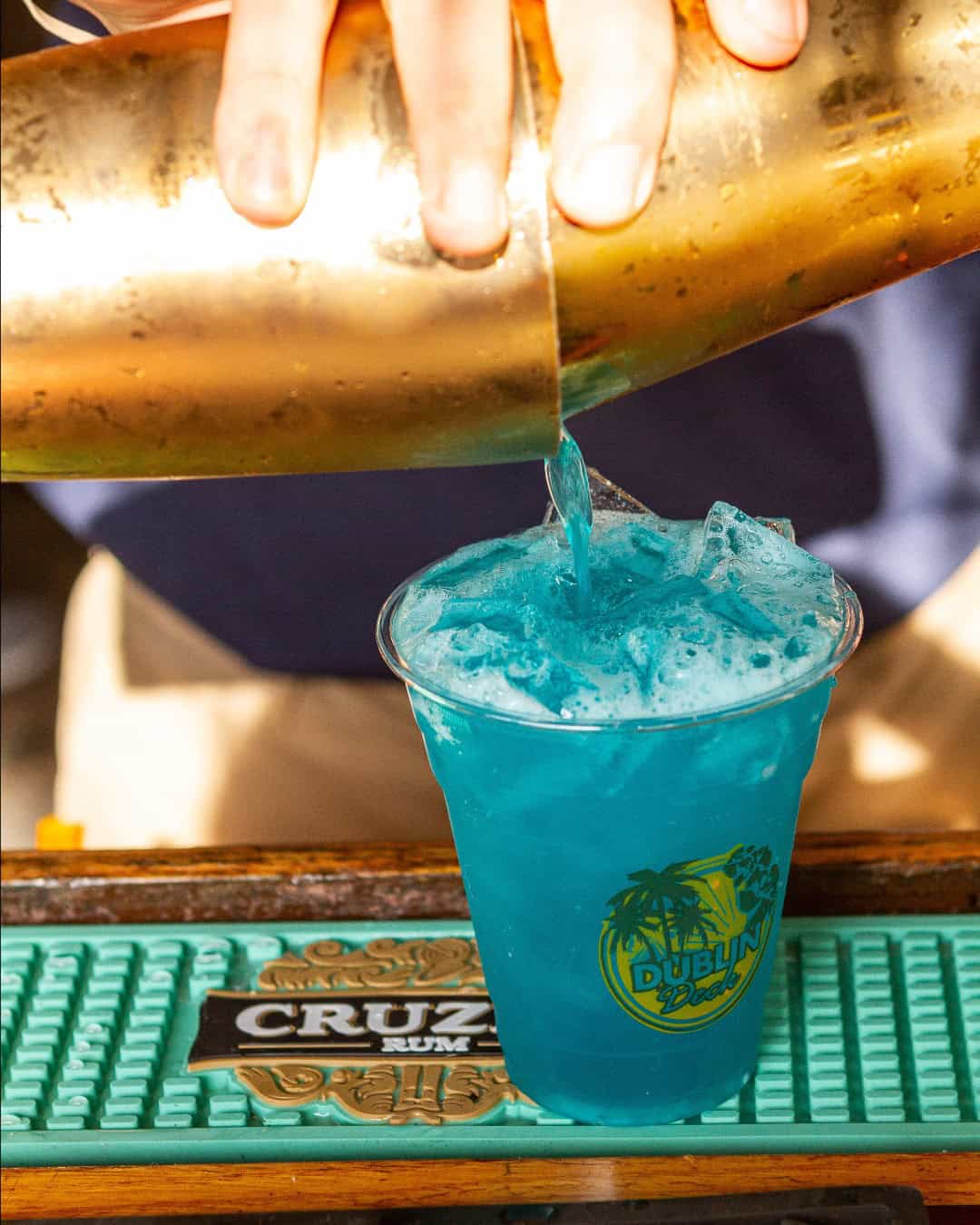
Local Knowledge: A Long Island Asset
Bartenders often serve as local guides. They point newcomers to the best late-night bites or share upcoming community events. In a place like Long Island, where locals take pride in their towns, this kind of knowledge adds a special touch to the service.
This knowledge helps create a sense of community. Patrons appreciate a bartender who can offer recommendations and share local lore. This adds a layer of authenticity to the bar experience, making it more than just a place to grab a drink. It’s a place to connect with the local culture.
Problem-Solving: Handling Any Situation
This knowledge helps create a sense of community. Patrons appreciate a bartender who can offer recommendations and share local lore. This adds a layer of authenticity to the bar experience, making it more than just a place to grab a drink. It’s a place to connect with the local culture.
Crafting Experiences: Turning Every Pour Into a Memorable Moment
Librations are just one part of the experience. The real value lies in how they’re served. A great bartender doesn’t just pour; they engage. It could be through a bit of trivia about the cocktail, a perfectly timed laugh, or a quiet check-in when the crowd picks up. It’s these small moments that turn a transaction into an interaction.
Students at 1-800 Bartend learn this early. Bartending classes teach more than how to make a solid cocktail—they focus on presentation, timing, and pacing. When someone remembers your name or tells a friend about the drink you made, you’ve done more than mix ingredients; you’ve made an impression.
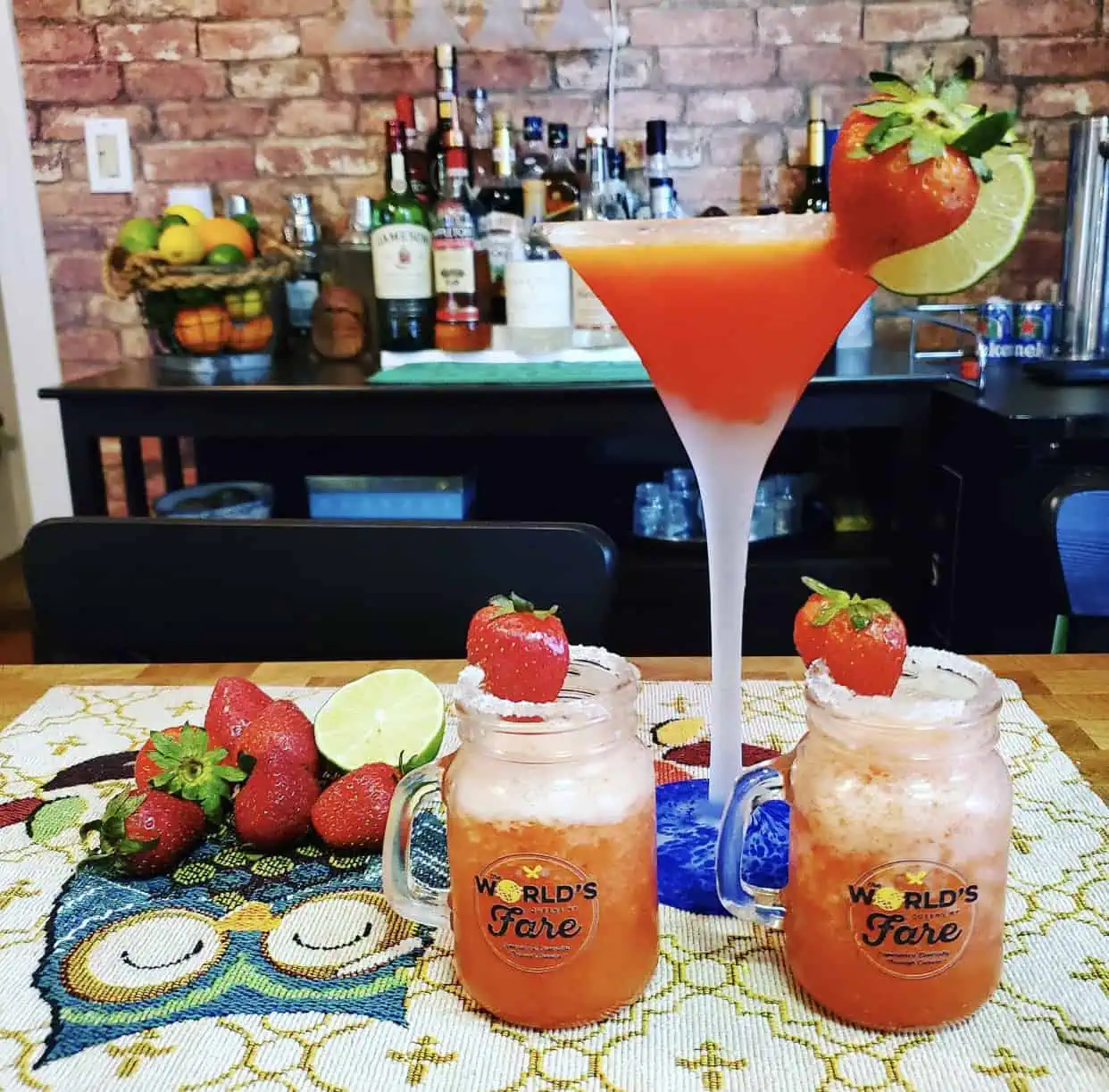
Safety and Responsibility: Keeping the Crowd Comfortable and In Control
Being behind the bar also means keeping things in check. A bartender is often the first to notice when someone needs a break or when a situation could get out of hand. Offering water, slowing the pace, or suggesting food options can keep the night going in the right direction.
Bartenders also watch for spills, broken glass, and other potential hazards, helping protect everyone in the space. While these aren’t flashy parts of the job, they really matter. Training from a reputable bartending school like 1-800 Bartend teaches students to stay alert and proactive so the good times can keep rolling.
The Art of the Pour: Skill and Technique
Great bartenders aren’t born; they’re trained. Behind every smooth pour and quick conversation is a solid understanding of technique, timing, and service. Bartending classes at 1-800 Bartend help students build confidence and gain the real-world knowledge they need.
Learning how to build drinks properly, manage time during a rush, and navigate the expectations of a fast-moving crowd is all part of the process. A licensed bartender not only meets the standard but often sets it. That foundation starts with the right bartender course.
From Pour to Presence: Great Bartenders Set the Tone for the Entire Night
Part host, part mixologist, part problem-solver. Bartenders on Long Island shape the feel of the night in ways that go far beyond what’s in the glass. For those looking to get behind the bar on Long Island, training with 1-800 Bartend is a smart way to start. Whether you’re hoping to join a bartending company or simply want to improve your skills, taking a bartender course gives you the tools to do more than pour; it helps you become the person people look forward to seeing when they walk in. Ready to get started? Give us a call today!

